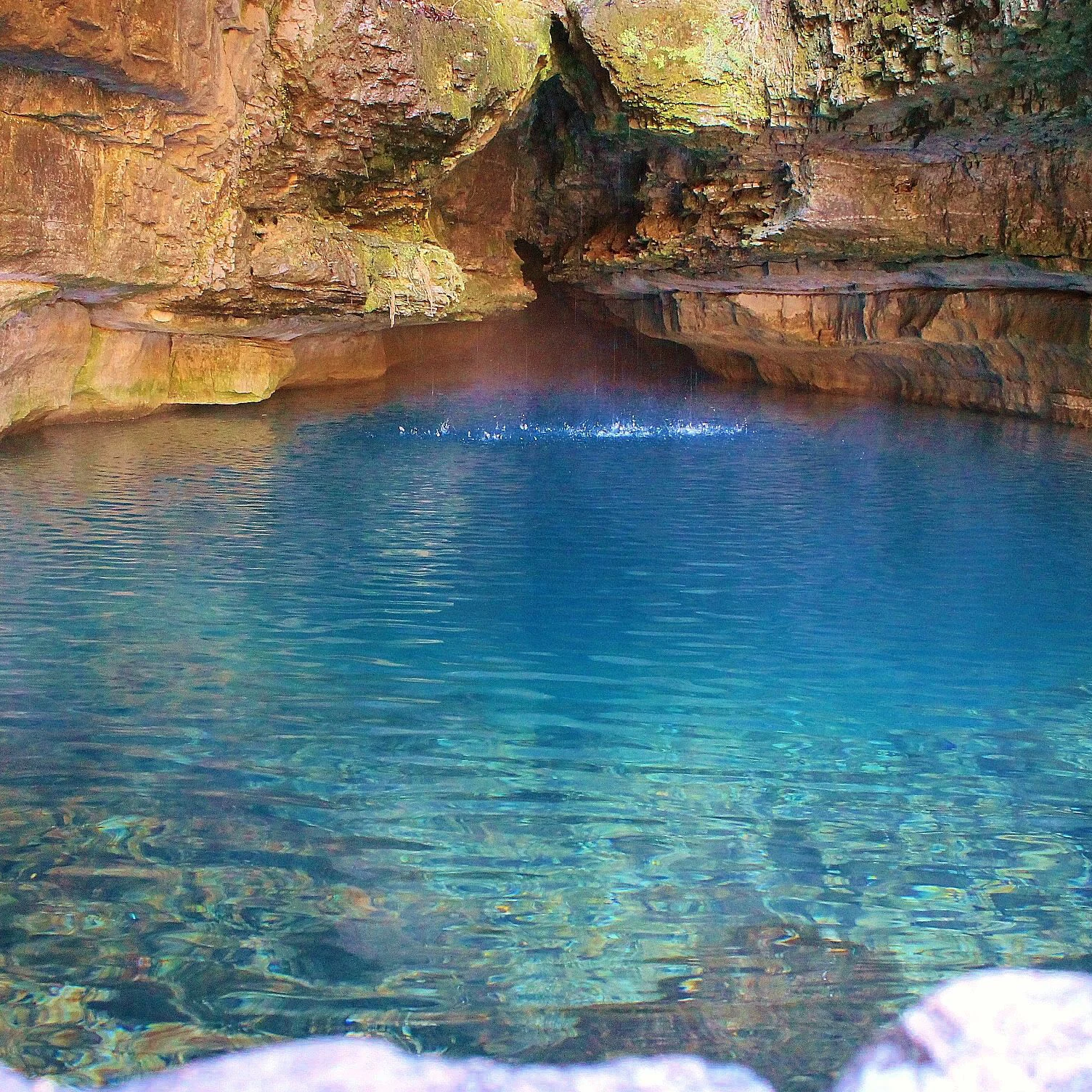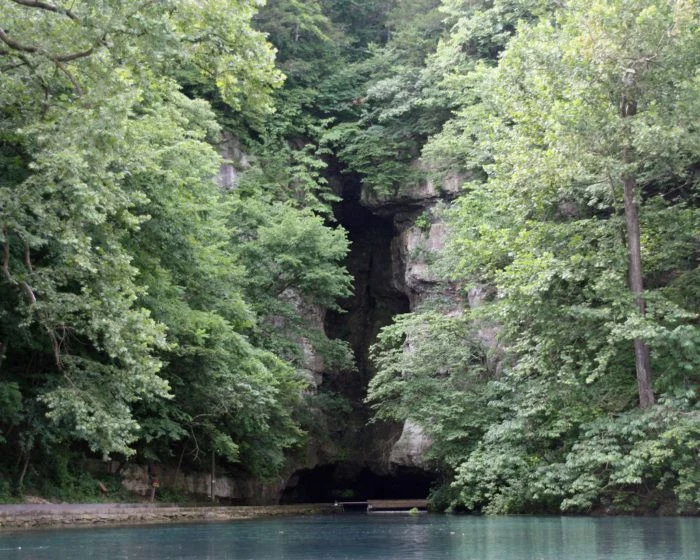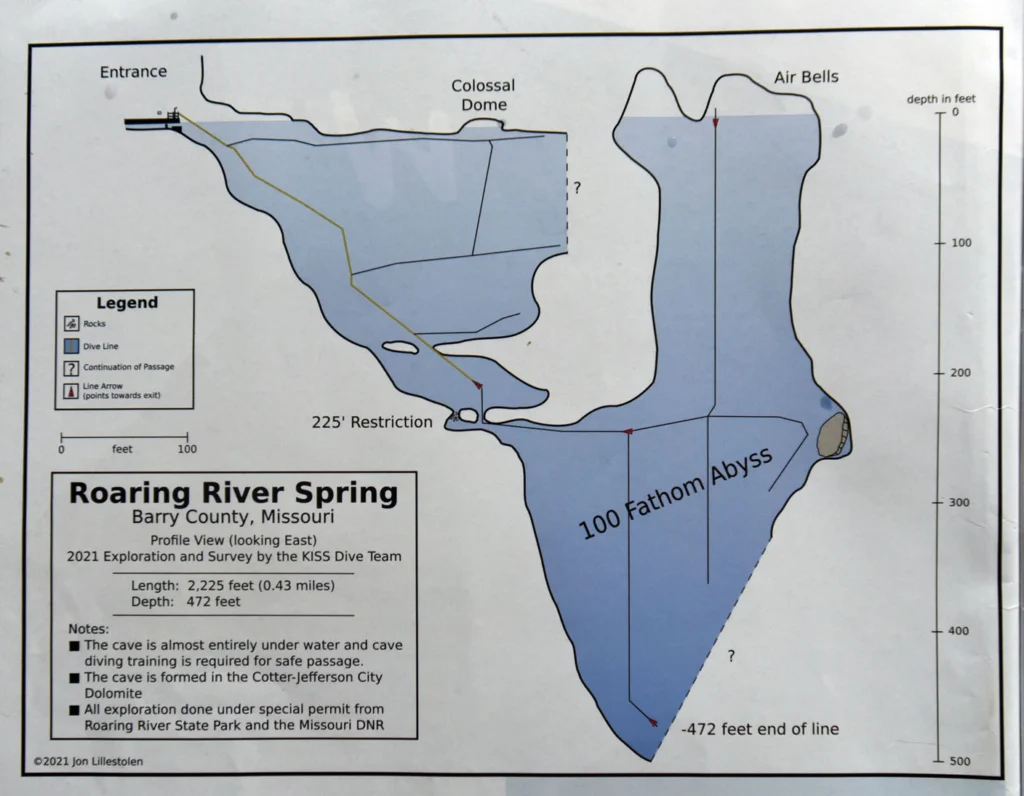Fatal Dive in Roaring River Cave: The Final Moments of Eric Hahn


| Incident Location | Diver Full Name |
|---|---|
| United States, Missouri, Roaring River Cave | Eric Hahn |
On October 14, 2022, 27‑year‑old Eric Hahn prepared for what should have been a controlled, planned dive in Roaring River Cave, Missouri. The goal was simple: support an ongoing cave survey by placing stage bottles at specific depths and act as a safety diver for a deeper exploration team.
Cave diving is always dangerous, but for those who do it regularly, procedures and preparation reduce the risks. Hahn’s dive began like any other — gear checks completed, tanks filled, and the plan reviewed. He wasn’t alone. The day’s mission involved a coordinated team of experienced divers.

The Team and the Plan
The group’s roles were clearly defined:
- Divers One & Two — the primary team pushing deeper into the cave.
- Diver Three — Hahn’s partner for staging bottles and assisting him if needed.
- Diver Four — stationed to provide additional support from shallower depths.
Hahn’s specific assignment:
- Place a stage bottle at 130 feet.
- Place another at 190 feet.
- Remain in position as a safety diver for the deeper team in case of emergencies.
Roaring River Cave is a challenging environment — narrow passages, overhead restrictions, silt that can quickly obscure visibility, and depths requiring careful gas management.
The Descent
At 11:12 a.m., Hahn entered the water. His descent to the staging depths went smoothly.
Twelve minutes later, at 11:24 a.m., he encountered one of the deeper team divers at the 190‑foot tie‑off point. The interaction was brief — no problems noted. Everything seemed normal.
But within one minute, that changed.
The Sudden Emergency
At 11:25 a.m., without warning, Hahn collided forcefully with Diver Three. His movements were abrupt and uncontrolled. Instead of stabilizing, he began swimming rapidly upward.
Diver Three immediately followed, suspecting a malfunction or medical problem. At 165 feet, Hahn struck the cave ceiling. It was then clear — he was struggling with his rebreather loop, the critical system that supplies breathing gas in closed‑circuit diving.
Diver Three moved in to help. He grabbed Hahn’s bailout regulator — an emergency backup breathing source — and tried to get it into his mouth. But Hahn pulled the breathing loop away from his face without sealing it, allowing water to flood the system.
Convulsions at Depth
As Diver Three inserted the bailout regulator and purged it to give Hahn clean breathing gas, Hahn began to convulse violently. Convulsions underwater — especially in deep cave diving — are most often associated with oxygen toxicity seizures.
The situation became almost impossible. The violent shaking made it hard to hold Hahn steady or keep the regulator secure. Both men sank together until they hit the cave floor at 204 feet.
Visibility dropped sharply as silt was stirred up. The guideline — the only reliable path out — was lost. Diver Three was now overexerting himself, trying to keep control of Hahn while fighting the environment.
The Decision to Let Go
Faced with worsening visibility, physical exhaustion, and the risk of losing his own life, Diver Three made the devastating decision to let go and surface for help.
Diver One, still deeper in the cave, had already begun swimming toward the exit to alert others.
On the way out, Diver Three encountered Diver Two, who was in the middle of a decompression stop. Diver Two attempted to descend to Hahn’s position, but conditions made it impossible. The visibility was near zero, they were far from the guideline, and his oxygen exposure levels were climbing dangerously. A PO₂ spike forced him to abort and ascend.
Surface Alert and Shift to Recovery
Diver Three pushed onward and encountered Diver Four. Diver Four immediately surfaced to alert the surface manager and call for official rescue.
Diver Three made one more attempt to go back for Hahn but was intercepted by Diver Two. The message was blunt — there was nothing more they could do.
At 11:35 a.m., Diver Four descended to 58 feet and confirmed Hahn was no longer with Diver Three. The mission changed from rescue to recovery.
The surface manager issued a strict order: no one was to attempt recovery alone. All divers were to finish decompression and wait for the arrival of the Missouri Highway Patrol technical diving unit.
The Recovery Operation
It wasn’t until 4:00 p.m. that two recovery teams entered the water. The visibility had improved enough for a careful search.
Hahn was found at 200 feet, positioned on the cave floor. His rebreather loop was open and out of his mouth. The bailout regulator was in place but showing a slight free flow.
Both of his gas cylinders still contained gas. The rebreather itself appeared intact and functional, aside from the open loop.
Expert Findings
Post‑incident analysis pointed to several contributing factors:
- Improper Gas Choice — His diluent and bailout tanks were not suited for the maximum depth he reached.
- Excess Oxygen — He may have been adding too much oxygen to his breathing loop, leading to dangerous PO₂ levels.
- Oxygen Toxicity Seizure — Most likely caused his sudden convulsions.
- Nitrogen Narcosis — The absence of helium in his gas mix likely impaired his judgment and slowed his response to rising oxygen levels.
It remains unknown whether Hahn had any underlying health conditions that could have made him more susceptible to oxygen seizures. None were reported on his medical form, but experts note that individual sensitivity to oxygen varies greatly.
Lessons from Roaring River
While oxygen toxicity seizures typically occur after longer exposures above a PO₂ of 1.6, they can happen much sooner in sensitive individuals. Conservative planning is essential.
This tragedy illustrates that even short exposure to unsafe oxygen levels — combined with nitrogen narcosis and deep‑water stress — can overwhelm a diver before there is time to react.
| Time | Event |
|---|---|
| 11:12 a.m. | Eric Hahn enters the water to begin staging bottles and acting as safety diver. |
| 11:24 a.m. | Encounters a deep‑team diver at 190‑foot tie‑off. No issues reported. |
| 11:25 a.m. | Collides with Diver Three, begins swimming upward rapidly. |
| 11:25–11:26 a.m. | Hits ceiling at 165 feet, struggles with rebreather loop. Diver Three attempts bailout regulator insertion. |
| ~11:26 a.m. | Hahn convulses, both sink to 204 feet. Visibility drops, guideline lost. |
| 11:27–11:29 a.m. | Diver Three attempts rescue but is forced to let go for safety. |
| 11:30 a.m. | Diver Three meets Diver Two, who attempts to help but aborts due to PO₂ spike. |
| 11:32 a.m. | Diver Three meets Diver Four, who surfaces to alert surface manager. |
| 11:35 a.m. | Diver Four confirms Hahn is missing; operation changes to recovery. |
| 4:00 p.m. | Recovery divers enter the cave. |
| Time unknown | Hahn located at 200 feet; loop open, bailout regulator in mouth, gas still in tanks. |
Source: Roaring River Dive Team and NSS-CDS Accident Analysis Committee, “Accident Analysis Committee Report Cave Diving Fatality Roaring River State Park”

